TRADITIONAL
THAI YOGA The Postures and Healing Practices of Ruesri Dat Ton Enrico Corsi and Elena Fanfani Photographs by Enrico Magri To Prem Rawat
To Prem Rawat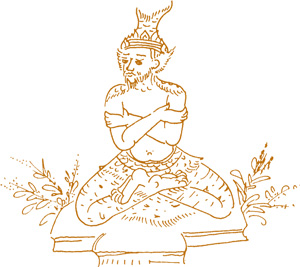
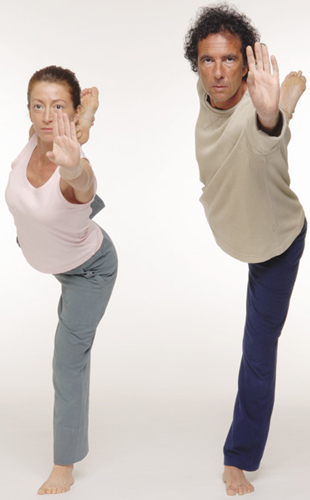 Acknowledgments We truly thank our Thai teachers Tung and Sonh Pohn for sharing their skill in and enthusiasm for this priceless treasure, Andrea Macario for translating from Thai, Nerio Brugna for the location, our parents Rosa and Antonio Fanfani and Elena and Mario Corsi, Cristiano Cori, Vittorio Maiullari, Bruna Gabrielli, Silvio Satta, Susan Athol, Linda Murray, and all our students who helped us grow with their feedback. We also thank the editorial and production staff at Healing Arts Press for producing this beautiful book. Preface We first had the opportunity to experience Ruesri Dat Tontraditional Thai yogaafter we had been visiting Thailand for many years in order to deepen our knowledge of Thai medicine. We almost immediately understood that we had discovered a priceless jewel that nobody had yet tried to unveil. But only by regularly practicing its techniques have we come to understand how deep are the qualities of this discipline. We sincerely hope that our readers will be able to perceive in this text at least one sparkle of the enthusiasm that accompanied its composition.
Acknowledgments We truly thank our Thai teachers Tung and Sonh Pohn for sharing their skill in and enthusiasm for this priceless treasure, Andrea Macario for translating from Thai, Nerio Brugna for the location, our parents Rosa and Antonio Fanfani and Elena and Mario Corsi, Cristiano Cori, Vittorio Maiullari, Bruna Gabrielli, Silvio Satta, Susan Athol, Linda Murray, and all our students who helped us grow with their feedback. We also thank the editorial and production staff at Healing Arts Press for producing this beautiful book. Preface We first had the opportunity to experience Ruesri Dat Tontraditional Thai yogaafter we had been visiting Thailand for many years in order to deepen our knowledge of Thai medicine. We almost immediately understood that we had discovered a priceless jewel that nobody had yet tried to unveil. But only by regularly practicing its techniques have we come to understand how deep are the qualities of this discipline. We sincerely hope that our readers will be able to perceive in this text at least one sparkle of the enthusiasm that accompanied its composition.
During every stage of this project we felt both privilege and responsibility in exposing a discipline formed by absolute qualities. We also hope, with all our heart, that many of you will be able to draw benefit from the brilliant intuition that someone, more than 2,500 years ago, placed at mankinds disposal. And it is to this person, to Jivaka, physician and Buddhas personal friend, that we dedicate the memory of this book. We dont know whether Jivaka, when he developed these techniques, could ever have imagined that one day his work would be spread so widely. And we dont know whether he is able, in some transcendental shape alien to our understanding, to observe his work enduring through time and expanding into space. 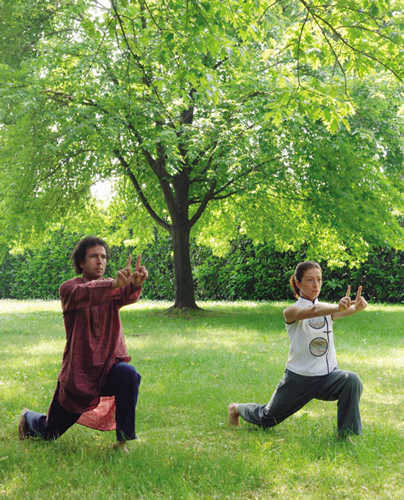 PART ONE About the Practice of Ruesri Dat Ton
PART ONE About the Practice of Ruesri Dat Ton 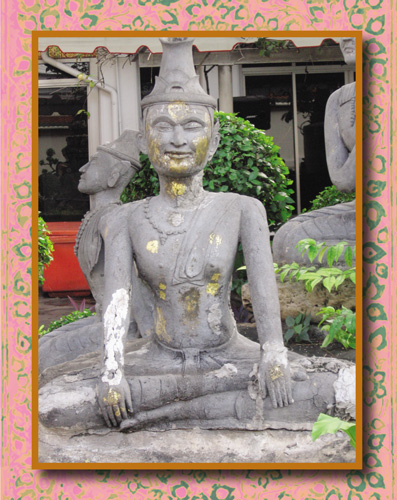 ONE The History of Ruesri Dat Ton The origins of ancient Siamese medicine are still today the object of research and debate.
ONE The History of Ruesri Dat Ton The origins of ancient Siamese medicine are still today the object of research and debate.  PART ONE About the Practice of Ruesri Dat Ton
PART ONE About the Practice of Ruesri Dat Ton  ONE The History of Ruesri Dat Ton The origins of ancient Siamese medicine are still today the object of research and debate.
ONE The History of Ruesri Dat Ton The origins of ancient Siamese medicine are still today the object of research and debate.
In the past the kingdom of Siam (in what is present-day Thailand) enjoyed long periods of splendor, and we must assume that independent therapeutic arts were developed during that fertile age. Furthermore, Thailand represents a natural borderline and meeting point between two great civilizations: India and China. Consequently the practice of Thai medicine received the benevolent influence of both Ayurvedic medicine and traditional Chinese medicine. TRADITIONAL THAI MEDICINE Traditional Thai medicine includes three main branches: traditional Thai massage (Nuad Bo Rarn), traditional Thai yoga (Ruesri Dat Ton), and Thai herbal medicine. Like traditional Chinese medicine and Ayurvedic medicine, traditional Thai medicine is a holistic system that heals by facilitating the free flow of energy throughout the body. All of the Thai healing practices seek to balance the flow of energy in the sen energy channels, a network of energy pathways in the body in which life energy circulates.
Many Westerners are most familiar with traditional Thai massage, in which a Thai massage practitioner helps the massage recipient into beneficial postures, stretches various parts of the body, and applies pressure to trigger points along the sen pathways. Ruesri Dat Tonwhich translates literally as the hermits autocureis different from Thai massage in that it is a solo yoga practice. Practitioners can perform the healing postures on their own without the assistance of a trained massage professional. Though some of the postures may seem challenging at first, and it is important to follow the directions precisely for the best results, the system is, overall, a simple one. With diligent practice, an individual can significantly improve his or her own health. 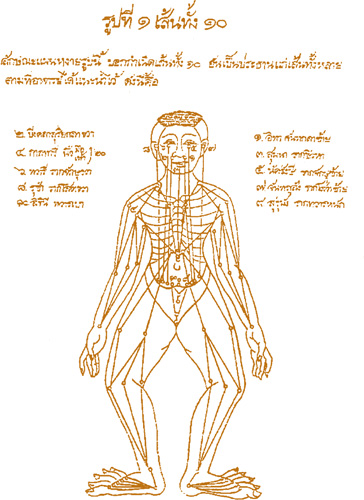
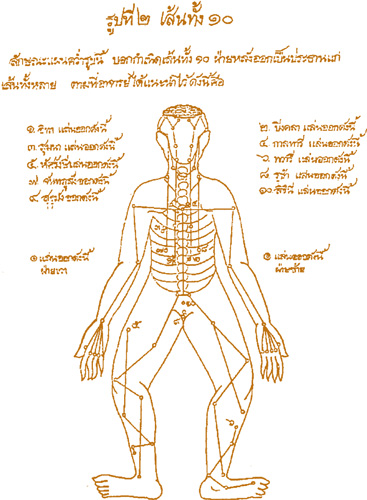 An ancient Thai temple drawing of the sen energy system, showing the energy pathways on the front and back of the body. In fact, one of the main characteristics of Thai medicine is its simplicity.
An ancient Thai temple drawing of the sen energy system, showing the energy pathways on the front and back of the body. In fact, one of the main characteristics of Thai medicine is its simplicity.
All its therapeutic instruments are made up of essential conceptual virtues. In fact, emphasis is placed on the ability to feel, to perceive, and, with practice, to grow toward these virtues in order to improve the result of the medicine. This is why it may be defined as popular medicine: because it may be used by anyone, regardless of his or her education. The practice of the various therapeutic instruments of Thai medicine, particularly massage and herbal medicine, is widespread among the Thai population, in which techniques and secrets are usually handed down from one generation to the next. One characteristic of Thai medicine that, along with the healing techniques, has been handed down over the centuries is the Buddhist concept of metta. The most appropriate translation of this term is loving-kindness.
In other words, the techniques of traditional Thai medicine are often taught and practiced in Thailand in a spirit of loving care, with the goal of providing comfort. THE FATHER OF THAI MEDICINE: JIVAKA KUMARABHACCA Tradition holds that Thai medicine derives from the teachings of Jivaka Kumarabhacca, who lived in approximately 500 BC and was not only a personal friend of Buddha but also the physician of the masters community. Jivaka, also known as Khun Shivago or Shivago Komparpa, was a rishi before joining Buddhas community. 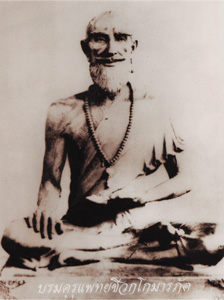 Jivaka Kumarabhacca According to ancient sacred Hindu scriptures, in particular the Ramayana, the rishis were hermits who lived in the remote valleys of the Himalayas and practiced very particular internal exercises that enabled them to meditate for extremely long periods. The practice of such contemplation allowed them to develop a perceptive sensitivity of their bodies on a very high level. When the rishis interrupted this state of immobility, it was essential that they use some therapeutic techniques to restart their bodily functions within a relatively short time.
Jivaka Kumarabhacca According to ancient sacred Hindu scriptures, in particular the Ramayana, the rishis were hermits who lived in the remote valleys of the Himalayas and practiced very particular internal exercises that enabled them to meditate for extremely long periods. The practice of such contemplation allowed them to develop a perceptive sensitivity of their bodies on a very high level. When the rishis interrupted this state of immobility, it was essential that they use some therapeutic techniques to restart their bodily functions within a relatively short time.
Most of the active and passive ancient Asian disciplines that are used today probably derive from the exercises performed by these extraordinary people. Jivakas therapeutic techniques arrived in Thailand thanks to a Buddhist community that, over the course of centuries, driven by historical events and hostility toward its religious beliefs, migrated from the Indian subcontinent. From India this community moved to Ceylon and then on to Cambodia, where it found hospitality with the Khmer civilization in the Angkor empire. In 1238 the Thai kingdom conquered Sukhothai and absorbed the Khmer culture. The Thais converted to Buddhism and developed their own language, which derived from Pali and Sanskrit, and they began to study the ancient scriptures of this culture. They evidently began to practice yoga and other disciplines handed down by Jikavas teachings.
Next page
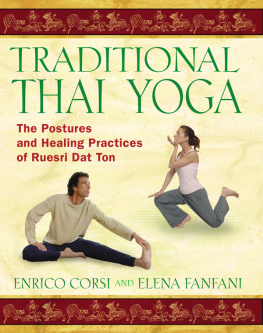

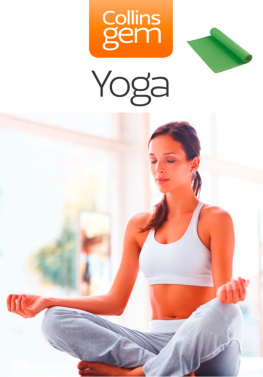


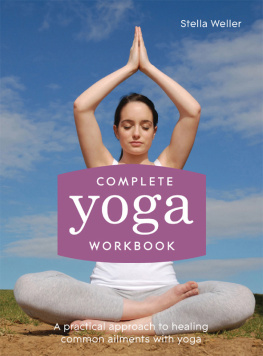
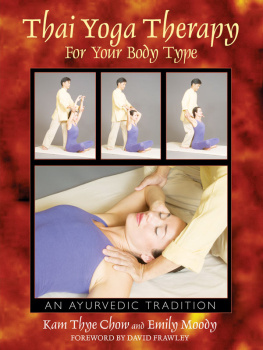
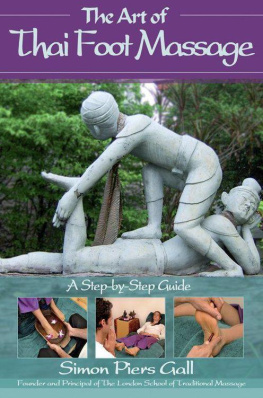
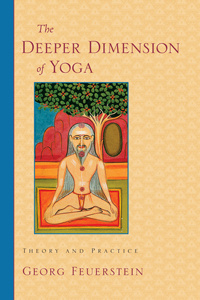
 To Prem Rawat
To Prem Rawat
 Acknowledgments We truly thank our Thai teachers Tung and Sonh Pohn for sharing their skill in and enthusiasm for this priceless treasure, Andrea Macario for translating from Thai, Nerio Brugna for the location, our parents Rosa and Antonio Fanfani and Elena and Mario Corsi, Cristiano Cori, Vittorio Maiullari, Bruna Gabrielli, Silvio Satta, Susan Athol, Linda Murray, and all our students who helped us grow with their feedback. We also thank the editorial and production staff at Healing Arts Press for producing this beautiful book. Preface We first had the opportunity to experience Ruesri Dat Tontraditional Thai yogaafter we had been visiting Thailand for many years in order to deepen our knowledge of Thai medicine. We almost immediately understood that we had discovered a priceless jewel that nobody had yet tried to unveil. But only by regularly practicing its techniques have we come to understand how deep are the qualities of this discipline. We sincerely hope that our readers will be able to perceive in this text at least one sparkle of the enthusiasm that accompanied its composition.
Acknowledgments We truly thank our Thai teachers Tung and Sonh Pohn for sharing their skill in and enthusiasm for this priceless treasure, Andrea Macario for translating from Thai, Nerio Brugna for the location, our parents Rosa and Antonio Fanfani and Elena and Mario Corsi, Cristiano Cori, Vittorio Maiullari, Bruna Gabrielli, Silvio Satta, Susan Athol, Linda Murray, and all our students who helped us grow with their feedback. We also thank the editorial and production staff at Healing Arts Press for producing this beautiful book. Preface We first had the opportunity to experience Ruesri Dat Tontraditional Thai yogaafter we had been visiting Thailand for many years in order to deepen our knowledge of Thai medicine. We almost immediately understood that we had discovered a priceless jewel that nobody had yet tried to unveil. But only by regularly practicing its techniques have we come to understand how deep are the qualities of this discipline. We sincerely hope that our readers will be able to perceive in this text at least one sparkle of the enthusiasm that accompanied its composition. PART ONE About the Practice of Ruesri Dat Ton
PART ONE About the Practice of Ruesri Dat Ton  ONE The History of Ruesri Dat Ton The origins of ancient Siamese medicine are still today the object of research and debate.
ONE The History of Ruesri Dat Ton The origins of ancient Siamese medicine are still today the object of research and debate. 
 An ancient Thai temple drawing of the sen energy system, showing the energy pathways on the front and back of the body. In fact, one of the main characteristics of Thai medicine is its simplicity.
An ancient Thai temple drawing of the sen energy system, showing the energy pathways on the front and back of the body. In fact, one of the main characteristics of Thai medicine is its simplicity. Jivaka Kumarabhacca According to ancient sacred Hindu scriptures, in particular the Ramayana, the rishis were hermits who lived in the remote valleys of the Himalayas and practiced very particular internal exercises that enabled them to meditate for extremely long periods. The practice of such contemplation allowed them to develop a perceptive sensitivity of their bodies on a very high level. When the rishis interrupted this state of immobility, it was essential that they use some therapeutic techniques to restart their bodily functions within a relatively short time.
Jivaka Kumarabhacca According to ancient sacred Hindu scriptures, in particular the Ramayana, the rishis were hermits who lived in the remote valleys of the Himalayas and practiced very particular internal exercises that enabled them to meditate for extremely long periods. The practice of such contemplation allowed them to develop a perceptive sensitivity of their bodies on a very high level. When the rishis interrupted this state of immobility, it was essential that they use some therapeutic techniques to restart their bodily functions within a relatively short time.